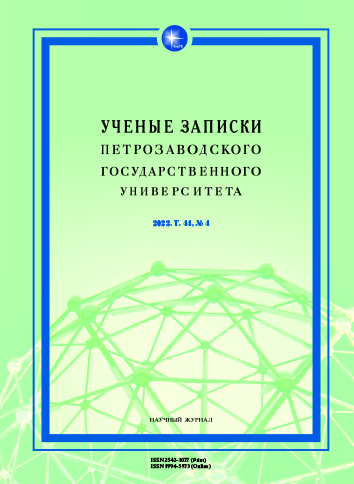ЛЕКСЕМА КОЖА И ЕЕ ДЕРИВАТЫ В СЛОВАРЕ ОБИХОДНОГО РУССКОГО ЯЗЫКА МОСКОВСКОЙ РУСИ
LEXEME LEATHER AND ITS DERIVATIVES IN THE DICTIONARY OF THE EVERYDAY RUSSIAN LANGUAGE OF MOSCOW RUSSIA
Author(s): Olga V. VasilievaSubject(s): Foreign languages learning, Museology & Heritage Studies, Applied Linguistics, Lexis, Historical Linguistics, Phraseology
Published by: Петрозаводский государственный университет
Keywords: lexeme leather; historical lexicology; historical lexicography; polysemy; phraseology; Dictionary of the Everyday Russian language of Moscow Russia;
Summary/Abstract: The purpose of the article is to demonstrate the methodology for describing semantics and phraseology in the historical explanatory dictionary using the material of the lexeme leather developed in the latest edition of the Dictionary of the Everyday Russian Language of Moscow Russia in the XVI–XVII Centuries. The numerous sources of the Dictionary and its concept of the completeness of the material description enables the authors to reflect the se- mantic and grammatical features of the vocabulary of the described period in detail, which makes each dictionary entry quite representative and reflects the novelty of the approach to the material. The word “skin” and its derivatives are recorded in the sources of the Dictionary in more than 570 documents and in about 30 stable combinations, which suggests that the described realities behind these words and phrases were quite relevant for Moscow Russia. The analysis of all the collected material gives an adequate representation of one of the aspects of Moscow Russia’s everyday life as well as one of the fragments of the lexical system of the Old Russian language.
Journal: Ученые записки Петрозаводского государственного университета
- Issue Year: 44/2022
- Issue No: 4
- Page Range: 102-108
- Page Count: 7
- Language: Russian

